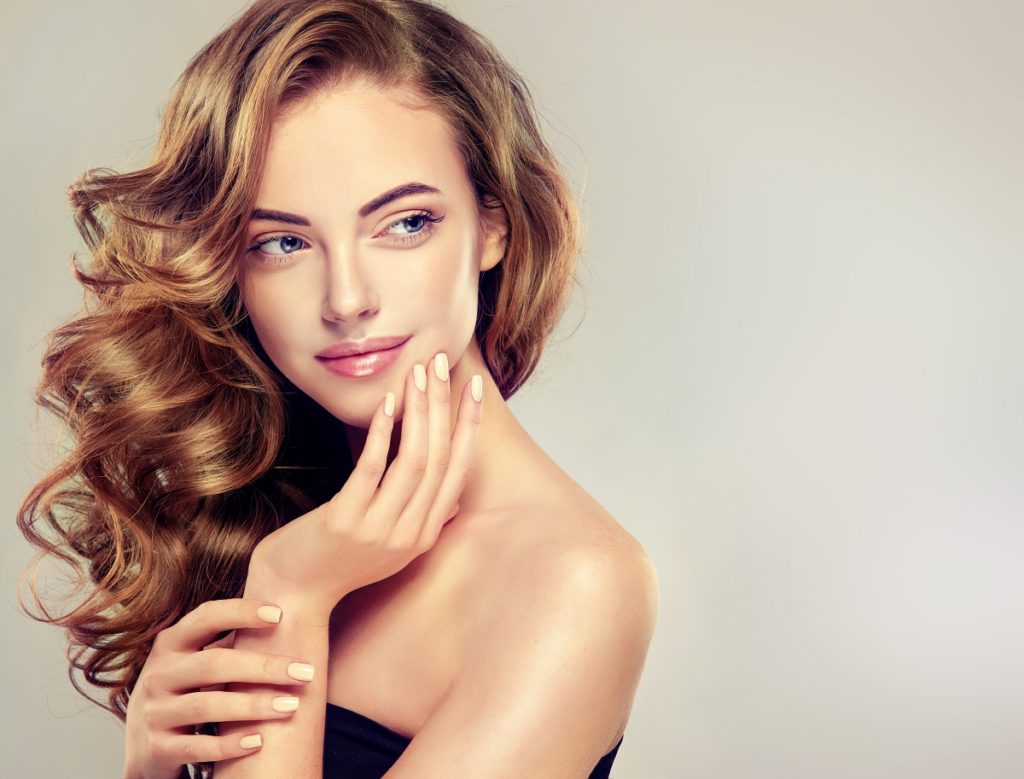Natural curls and kinks are an eternal mystery. One day, they’re all smooth and shiny. And the next, it’s like birds got in a fight in the bird’s nest that’s supposedly your crowning glory.
It’s so easy to just shampoo, condition, and tie your hair back. But you don’t have to miss out on styling your hair. Before you click the checkout button for trusted hair products such as Kinky Curly’s moisturizing shampoo and the conditioning treatment by Soultanicals, pay more attention to what your hair needs the most. This gives you a clue on how to handle your kinks and curls like a boss.
Identify Your Curl Type
Some people think that hair becomes curlier or kinkier depending on the weather. And while there’s some truth to the heat affecting the way your hair looks, your curl type ultimately depends on the shape of the hair follicles that grow out from your scalp. The more oval the follicles are, the curlier your hair is.
Your curl type is also identified by the way your hair strands coil, curve, wave, and kink. There are four types of hair namely Type 1 (straight), Type 2 (wavy), Type 3 (curly), and Type 4 (coily). We can further break this down into three classifications namely Type A (wide), Type B (medium), and Type C (small).
Here’s a brief description of each type of wavy, curly, and coily hair:
- Type 2A: Slightly tousled texture that is prone to looking limp and lifeless
- Type 2B: Large s-shaped waves that start from your hair’s mid-length
- Type 2C: Thick, well-defined s-shaped waves that begin at the roots
- Type 3A: Large, loose curls that tend to be shiny
- Type 3B: Springy ringlets that tend to dry u
- Type 3C: Tight, densely packed corkscrews
- Type 4A: Spring, s-patterned coils that are as thin as a crochet needle
- Type 4B: Densely-packed kinky hair with angled or z-shaped pattern
- Type 4C: Tightly coiled zigzag pattern that is prone to shrinkage
After identifying your curl type, then it’s easier for you to find the right hair care and styling products.

Do Your Research on Hair Products
No two people have the same exact type of hair. For example, you and your best friend might both have Type 3B hair but hers might be a bit more Type 3A at the crown while yours tends to spiral into Type 4A coils at the tip. So even though you might recommend hair products to each other, it’s still best to research and experiment with different products before hitting the check-out button.
Here are a few general hair product rules for different curl types:
- Type 2: Light mousses and gels that that enhance volume, bounce, and texture
- Type 3A and 3B: Humidity-blocking products that add definition to your curls
- Type 3C: Moisturizing cream and deep conditioning treatment for elasticity
- Type 4: Leave-in treatment creams for maximum protection and moisture
Learn how to care for your naturally curly hair with the right products and you’re one step closer to effortlessly managing those curls, coils, and kinks.
